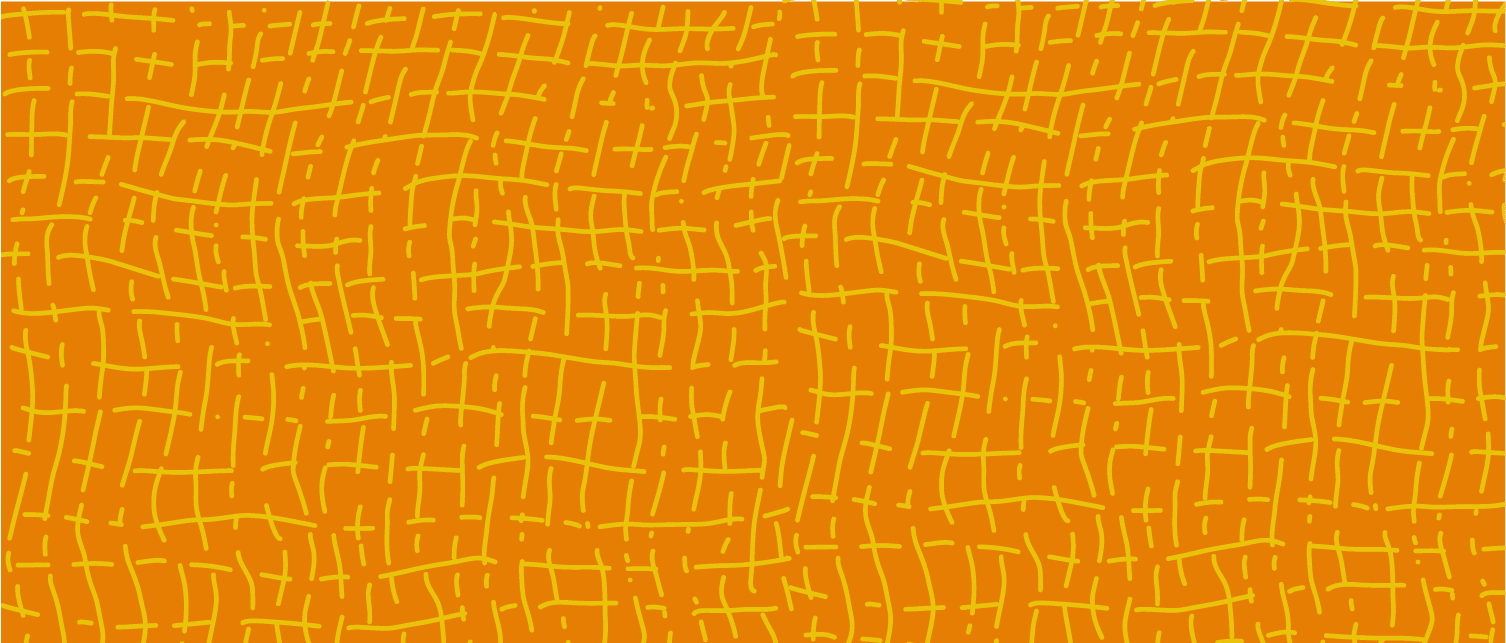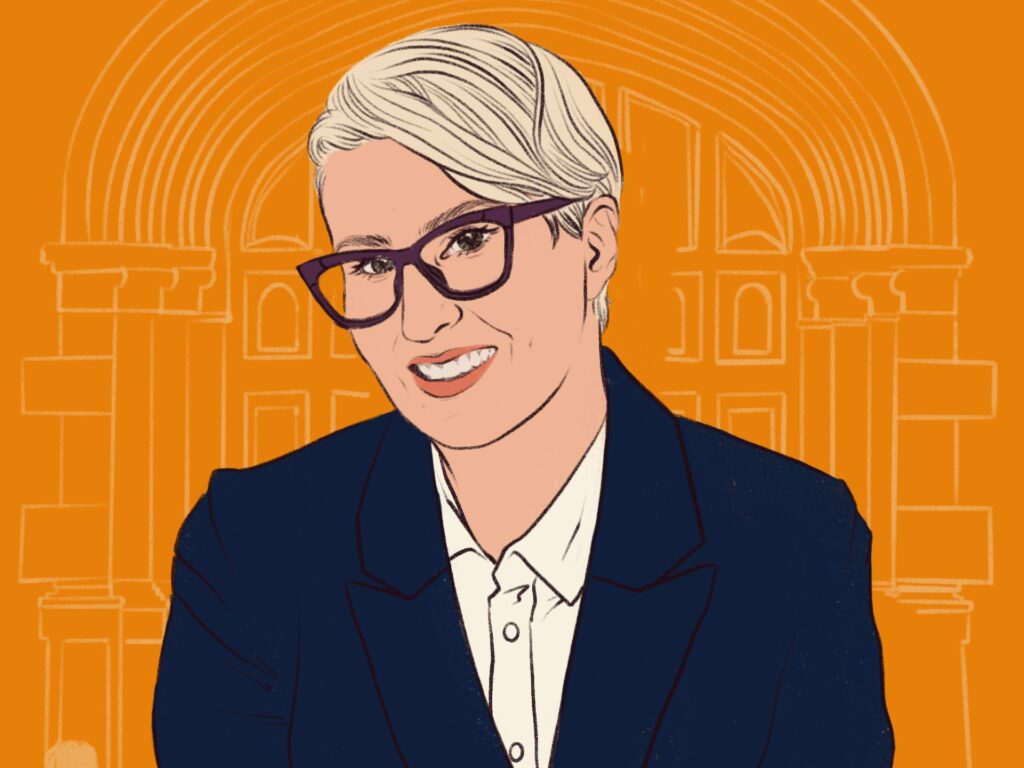If you ask colleagues what defines Dr. Bridget Burns, many point to her fearless candor and relentless commitment to student success. As the founding CEO of the University Innovation Alliance (UIA), Dr. Burns has spent the last decade transforming how higher education tackles its most urgent challenges – not through competition, but through collaboration.
A nationally recognized leader and trusted advisor to university presidents and policymakers, Dr. Burns launched the UIA in 2014 as a bold experiment in institutional transformation. At the time, the idea that universities – especially large public research institutions – would share data, test innovations together, and hold themselves accountable to ambitious goals was unheard of. “What created urgency for this work was that good ideas were being treated like trade secrets,” she recalls. “We innovate together, and, in the process, we learn how to adapt ideas. And we give away everything we learn.”
“We innovate together, and, in the process, we learn how to adapt ideas. And we give away everything we learn.”
Under her leadership, the UIA has built a powerful infrastructure for student success. Its collaborative models have delivered results at scale: The UIA set an initial goal of producing 68,000 additional graduates above baseline by 2025. They surpassed that target more than double, reaching 164,000.
“Our sector has historically done a poor job of graduating low-income, first-generation students of color,” says Burns. “We’ve proved that you can move faster by moving together.”
The collaborative relationship extends to UIA’s relationship with The Kresge Foundation, which has provided funding to the alliance since 2014. “Kresge is a very unusual funder,” says Burns. “They don’t do plume of smoke philanthropy where you find out the strategy later—they build alongside you.”
For Burns, this mission is deeply personal. Raised in rural Montana, she was one of many students whose path to and through college was uncertain. She didn’t know how to navigate college systems or seek help. In fact, she thought “office hours” meant that student advisors were too busy to see anyone.
With that lived experience in mind, she has developed systems that enable universities and colleges to be more proactive in supporting students. For example, instead of waiting for a student to seek help, UIA institutions receive alerts for every student who has hit a wall and needs support to get back on track. “We have to play offence not defense,” says Burns.
Of course, none of this is easy. And Burns often hits walls of her own. But while today’s challenges look daunting—she puts leadership turnover and the uncertainty surrounding federal funding at the top of the list—she is undeterred. And part of the reason is her firm belief in the power of collaboration. “That’s why it’s so valuable to be part of a network,” she says.
Personal resilience also helps. And this, she says, is based on her knowledge that UIA is helping improve prospects for thousands of students who will go on to contribute to society and the economy. “Any time I want to be inspired I just go to a campus,” she says. “It’s all there—that’s where the magic happens.”


